Did you know that #1 is the most successful number in Formula 1? With champions taking 179 wins under #1, it has become something more than just a digit, agreed? Every F1 driver is assigned a unique number, but have you ever wondered what lies behind those seemingly arbitrary digits? However, Formula 1 is the world where sometimes numbers can narrate the stories of champions, portray their triumphs, failures, and personality, and encapsulate the essence of their racing careers. Thus, F1 driver’s numbers become symbols that fans and drivers hold dear. So, let’s unravel the hidden stories behind F1 driver numbers and find out the sense of digits of favorite drivers.
- Historical Insights to the F1 Driver Numbers
- The double luck or Max Verstappen's Number 33
- Magical number 44 of Lewis Hamilton
- Lando Norris' creative number 4
- Carlos Sainz's well-branded #55
- Iconic number 5 in Formula 1.
- Michael Schumacher's number 7
- Ayrton Senna's Spiritual number 27.
- The most popular number 8 in Formula 1.
- Number 6's ill fame in Formula 1
- Specific F1 driver numbers
- How does F1 driver Choose their Numbers?
- Instead of Conclusion
Historical Insights to the F1 Driver Numbers
You may wonder, but in the early years of F1, teams were free to choose any numbers for their drivers. As the sport became more popular, it became clear that regulation was necessary. In 1974, the FIA (Fédération Internationale de l’Automobile) introduced the practice of assigning permanent driver numbers based on the previous year’s Championship standings. This step aimed to improve driver recognition, allowing fans to quickly identify their favorite racers.
But lately, the FIA reviewed the rules and introduced a new regulation that assigned numbers based on the previous year’s Constructors’ Championship standings in 1996. They wanted to highlight the importance of teams in F1.
The system, however, faced with mixed reactions, was changed again in 2014. Thus, F1 drivers can choose their numbers between 0-99, while the reigning Formula 1 world champion can elect to number 1 during the year following their title. Therefore, Max Verstappen has switched from his #33 to #1 since the 2022 season. But for why, and what is the sense of his previously used 33 number? Let’s find it out.
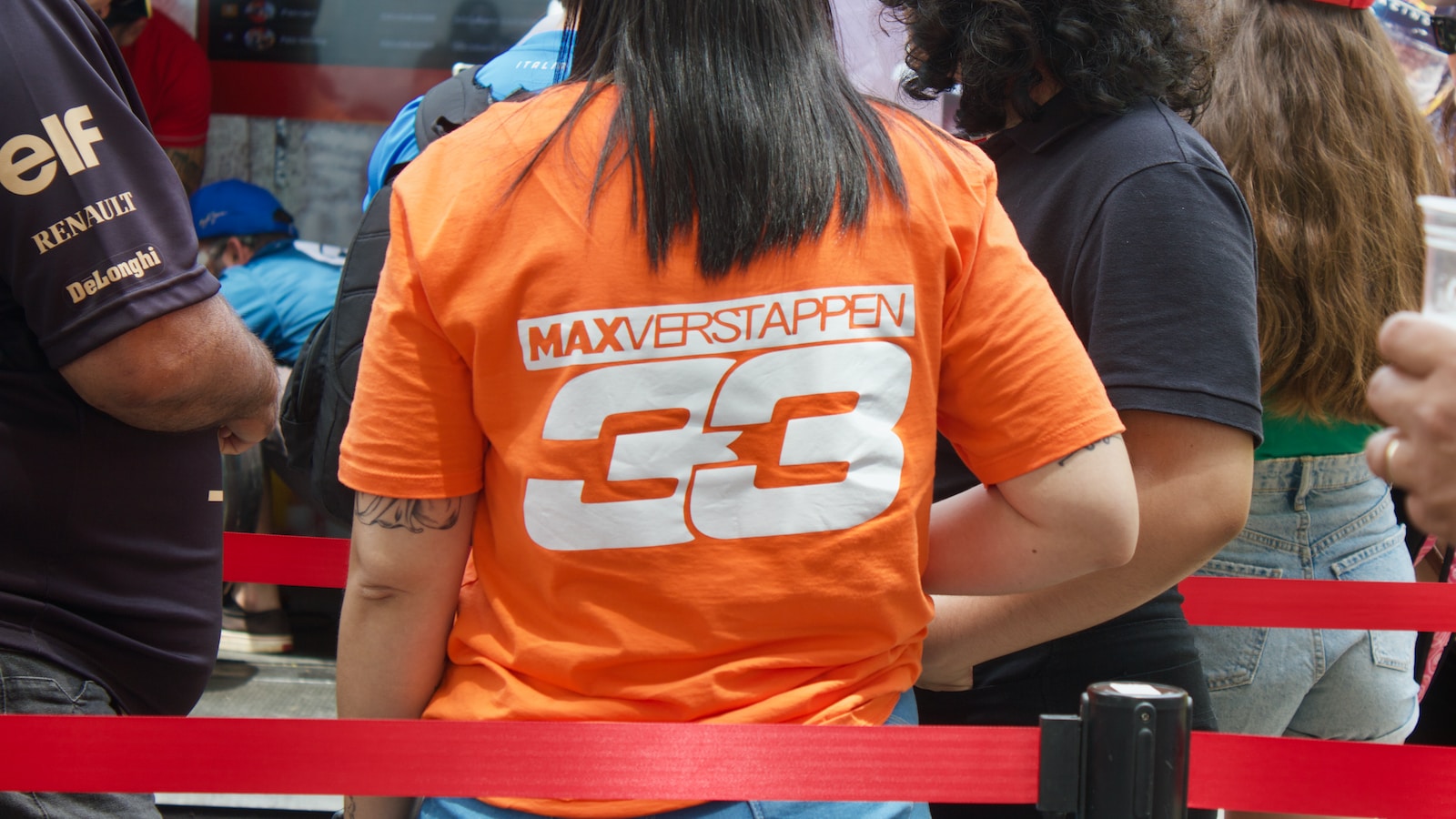
The double luck or Max Verstappen’s Number 33
Frankly speaking, the number 3 in Formula 1 is not one of the most coveted by current drivers. However, it has been associated with the success of Jackie Stewart for many years. Daniel Ricciardo has been racing under number 3 since he started karting. The story under his choice is simple, as he is a fan of Dale Earnhardt, who also used #3.
As for Max Verstappen, the number 3 is his favorite one. But, when he started Formula 1, #3 was already taken by; however, Ricciardo. So, without thinking twice, Verstappen switched for #33, “for double happiness,” as he said. It seems the idea worked well because Max Verstappen became the youngest F1 world champion in 2021 and secured the title the second time the following year. Being a championship winner, Verstappen chose number 1. He doesn’t rush back to #33; at least he suits comfortably to be the first.
However, Lewis Hamilton never used number 1, despite winning seven championships.
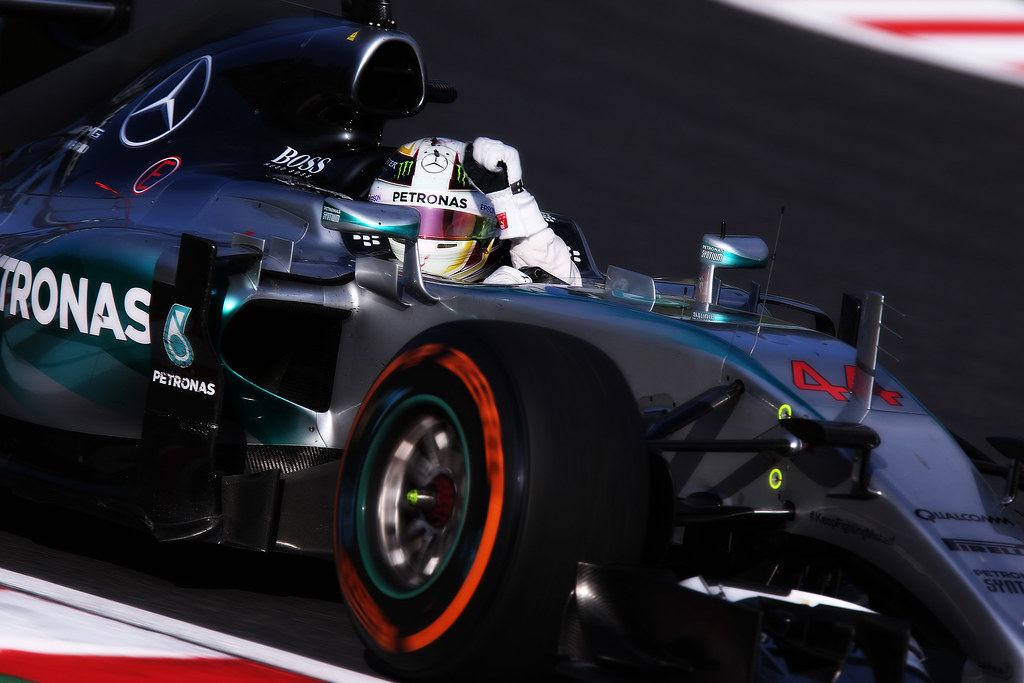
Magical number 44 of Lewis Hamilton
Lewis Hamilton has kept his #44 since 2014. Once a time, a journalist asked Hamilton about his choice. In fact, Hamilton chose #44 because it was the first number he saw at the start of his career. His father Anthony’s number plate was 44, and Lewis decided it was a fortune’s sign.
Moreover, when the system of assignment driver numbers was changed, all the numbers he wanted were taken. While Michael Schumacher and Sebastian Vettel had preferred odd numbers, Hamilton risked dealing with badly reputed number 4 and doublet it!
As a result, #44 became Lewis Hamilton’s symbol, brand, and one of the most successful numbers in Formula 1. Magic, no less.
Lando Norris’ creative number 4
However, the fans of number 4 among F1 drivers are not so many, but Lando Norris is that one. Despite #4 was not his first choice, the McLaren driver had intended to pick two. He wanted 11 and 31 numbers, already taken when he debuted in Formula 1 in 2019.
After a while, he found #4 was the best as it fits his logo perfectly. The case is that #4 resembled the letter ‘A,’ and overall, it suits his name as L4ndo. Creative approach.
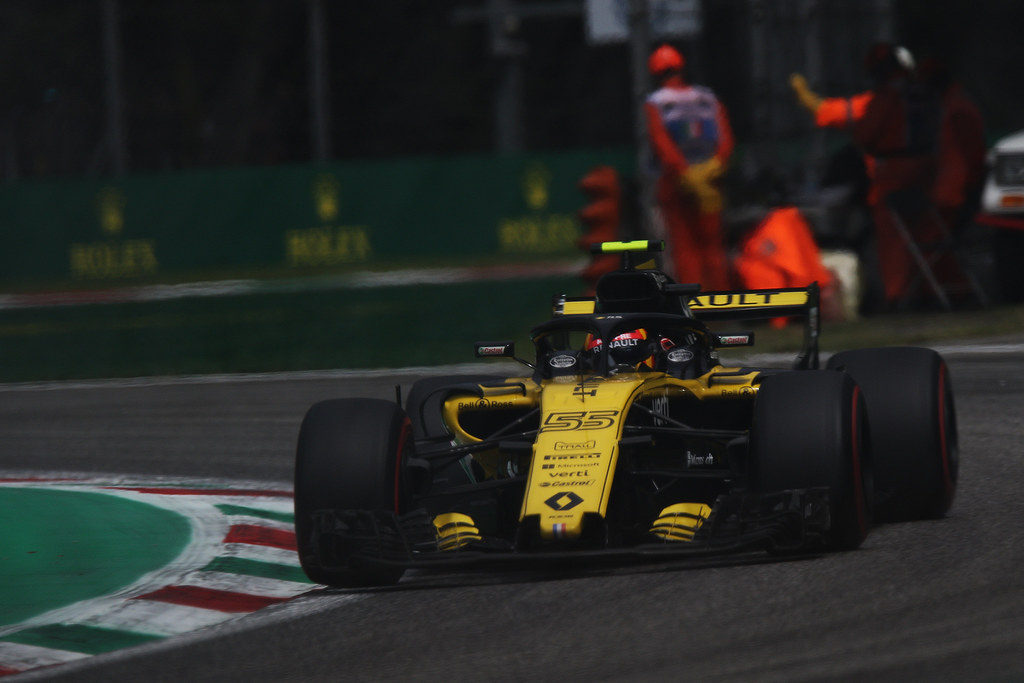
Carlos Sainz’s well-branded #55
Regarding brand influence, the number is an integral part of the F1 driver image. The merchandise related to the driver is all about their number. Valtteri Bottas has raced under #77, while two sevens are like “tt” or Val77eri Bo77as.
When Carlos Sainz Jr. joined Formula 1, he wanted number 5. But it was already taken on by Sebastian Vettel. Two is better than one, as they say, and Sainz opted for #55, which is what is looking like “SS.” So Sainz’s number is also a part of the name brand, like Carlo5 5ainz.
You may wonder, but #5 is the closest rival of number 1.
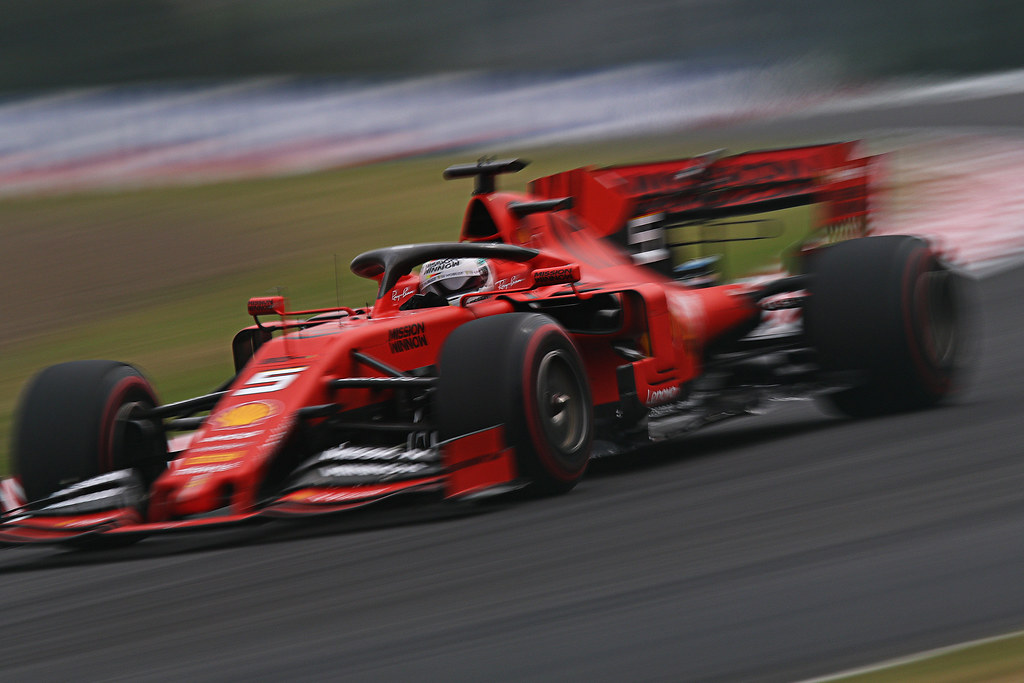
Iconic number 5 in Formula 1.
Number 5 has a rich history. If numbers can talk, #5 would be about Formula 1, undoubtedly.
Nigel Mansen’s legendary ‘Red Five’ is the most famously associated with it. In some terms, it was the first time digit made so much sense when initially colored five appeared on the nose of Mansell’s Williams. Williams-Renault FW14B was one of the most sophisticated cars in 1992.
Sebastian Vettel took over the number in 2015. German F1 driver explained that #5 was on his car when he won the karting championship in 2001, but it also connected to Mansell’s success. However, someone believed Vettell’s choice was related to the childhood idol Michael Schumacher.

Michael Schumacher’s number 7
In fact, each driver’s number lies a fascinating story waiting to be told, but some of them have become iconic, forever associated with the drivers who made them famous.
Thus, Michael Schumacher’s number 7 possessed a magnetic power and remained a “lucky one” – a symbol of his incredible achievements. Although he had won five titles racing under number 1, one under #3, and once at #5, Schumacher chose #7 because it was his favorite number.
Many drivers wanted to gain the number 7, believing it promised the same luck as Schumacher achieved. Kimi Räikkönen raced under number 7 in the 2021 Formula 1 season. Valtteri Bottas wanted to pick it but later decided to opt for 77.
Mick Schumacher, the son of Michael, has his favorite number 4. By adding his father’s number, he raced under #47. As for Michael Schumacher, while to be superstitious, the legendary driver always thinks odd numbers are luckier first. He believes that number 4 promises failure, as a driver under 4 has never won the championship.
Ayrton Senna’s Spiritual number 27.
Ayrton Senna was also ranked number #27 to be associated with the driver who made it famous.
Number 27 in Formula 1 is something more than digits and is related to the great success of drivers like Gilles Villeneuve, Jean Alesi, and Ayrton Senna. However, it was Senna who felt the most of the connection with the #27. Even though Senna raced in Formula 1 under different numbers, including 2, 8, 12, 19, and, however, 1, he was unstoppable under the mystic #27 in his MP4/5B Mclaren car in 1990. He won six of the sixteen races and finished on the podium in ten of them. The number 27 became a symbol of Senna’s spiritual beliefs and a way to tap into something greater than himself.
Although there is no definitive explanation for why Senna chose the number 27, the number still relates to the Brazilian legend.
But the luck for one may be a failure for the other. Although Nico Hulkenberg explained that he had picked #27, as it is the date and month of his birthday, the number didn’t give him an extra edge. Hulkenberg is still struggling to clash the first victory in his career.
The most popular number 8 in Formula 1.
Although number 8 has been used the most, with 988 races, it still has yet to make a big story in Formula 1. But still, it has its fans, Romain Grosjean, for example. He carried it a remarkable 145 times, most of his F1 career. He had it for his debut run of seven races in 2009, then returned to it from 2013 onwards.
Number 8 is the favorite for Robert Kubica, who suited #88 to make a remarkable comeback to the sport in 2017 after a severe injury.
Among all of the numbers, some may be labeled as bad luck.
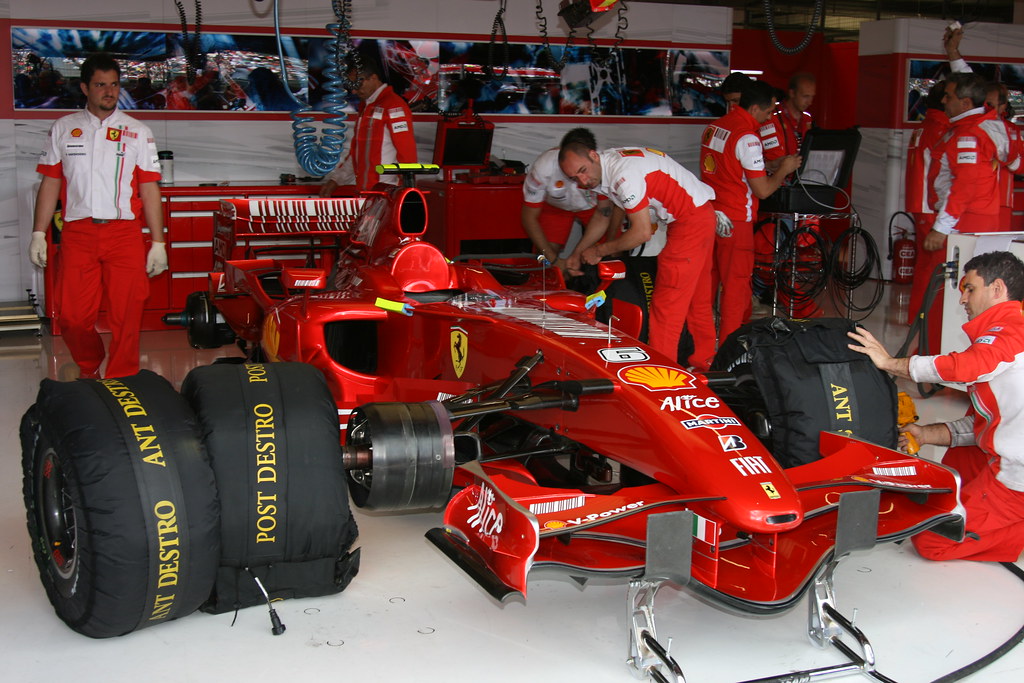
Number 6’s ill fame in Formula 1
The success of car racing in Formula 1 under number 6, in most cases, has the bittersweet. Thus, before the remarkable run-up in 1982, few tipped Keke Rosberg as a potential champion. However, he won the championship at the wheel of a Williams FW08. He had the number 6 – the same as his son Nico Rosberg, who also won the tournament in 2016.
Nico made the impossible; he topped his team-mate in Mercedes, Lewis Hamilton. But a few months before the start of the following 2017 season, Rosberg revealed on social media that he had retired from Formula 1.
It is not all about the number 6. Mark Webber was also raced under #6 in 2010, when he near-miss title season, beaten by Sebastian Vettel. So, six’s history remains many in some terms similar stories, while it was also used by Mike Hawthorn and Stirling Moss. In the past, the number’s ill flame was tinged with the tragedy of drivers like Francois Cevert and Ronnie Peterson.
Is there any successful story behind the number 6 in Formula 1? Well, partly. David Coulthard took his first win using number 6 at Estoril in 1995. While it was the number with which Juan Pablo Montoya debuted and won at Monza. On the other hand, #6 was in Kimi Raikkonen’s hands when he went to the next run at the title.
Starting the 2022 season with number six, Nicholas Latifi was far from his team-mate in Williams Alex Albon. Latifi retired after the season. After all, the number six in Formula 1 proves its fame.
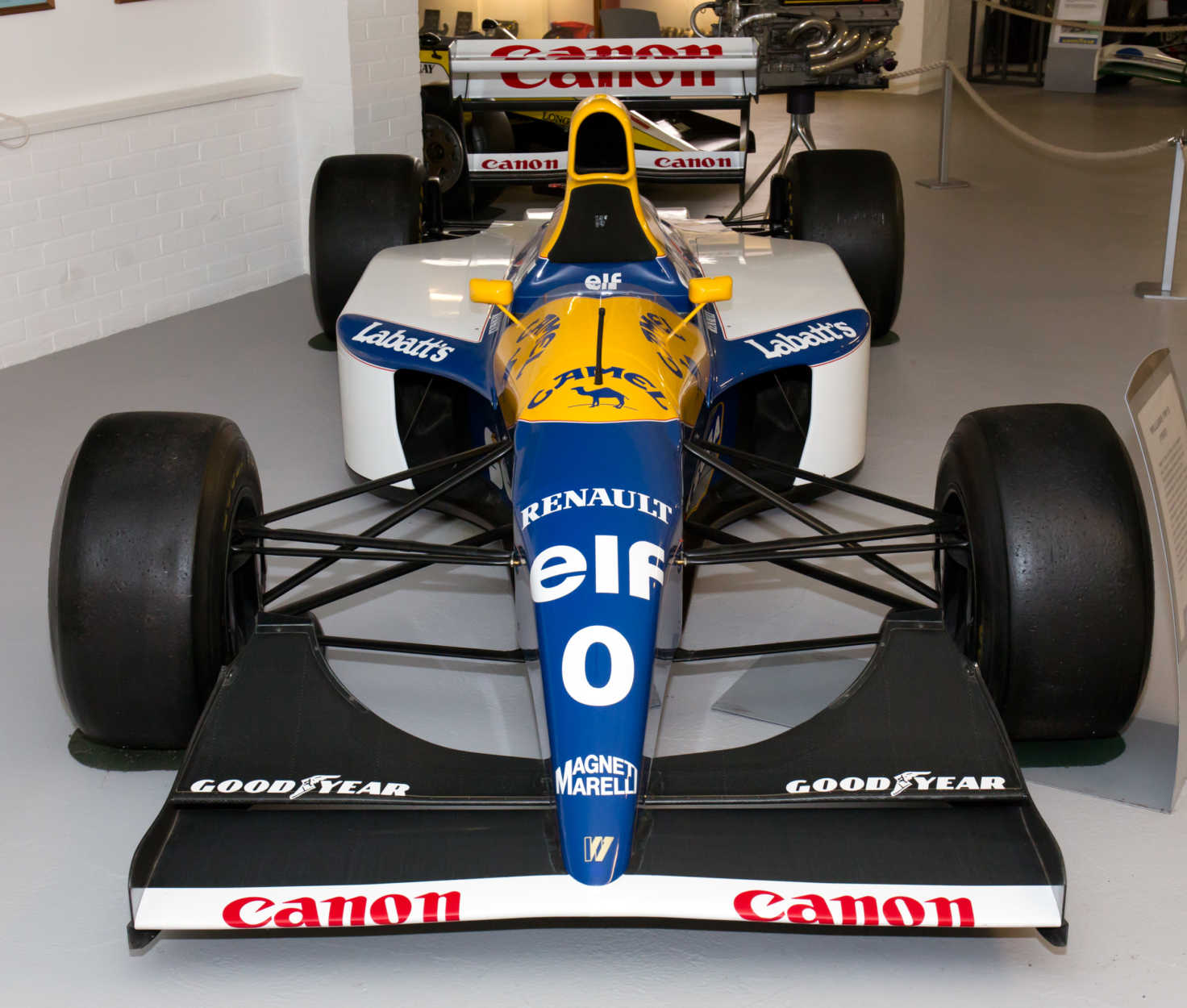
Specific F1 driver numbers
You wonder, but even number 0 had taken its place on the Formula 1 grid. Thus, #0 was used by Damon Hill in 1993 and 1994. The reason for his choice was simple, just because Nigel Mansell and Alain Prost, the 1992 and 1993 World Champions, left the sport, and as the junior partner to Prost, Hill took “0.” But among controversial, zero is not the only one.
Number 13 in Formula 1 is very specific because many superstitions surround the digit, dating back to pre-war racing. After the chain of incidents with cars under #13, race organisers tried to avoid allocating 13, and Formula 1 wasn’t the exception. So, since 1950 it has barely been seen in F1.
To understand the significance of the number 13’s fame, think about this. Most of the teams in F1 tried to avoid #13, even in the number of their car models. Thus, with their W13, Mercedes became that one team to risk. Guess the result? Yes, it was a heartbreaking season for the Mercedes, as their W13 cars were less paced due to the porpoising – one of the controversies in Formula 1 recent. So, it makes sense to avoid number 13 in F1.
But it doesn’t mean that number 13 is banned in F1. Instead, it is available. Thus, Pastor Maldonado, known for his fearless driving style, embraced the number 13 as a symbol of his determination and resilience. His choice challenged superstitions and added an element of intrigue to his career.
In terms of numbers banned in F1, there is only – #17. The number 17 withdrew from the sport after the death of Jules Bianchi during the 2014 Japanese Grand Prix.
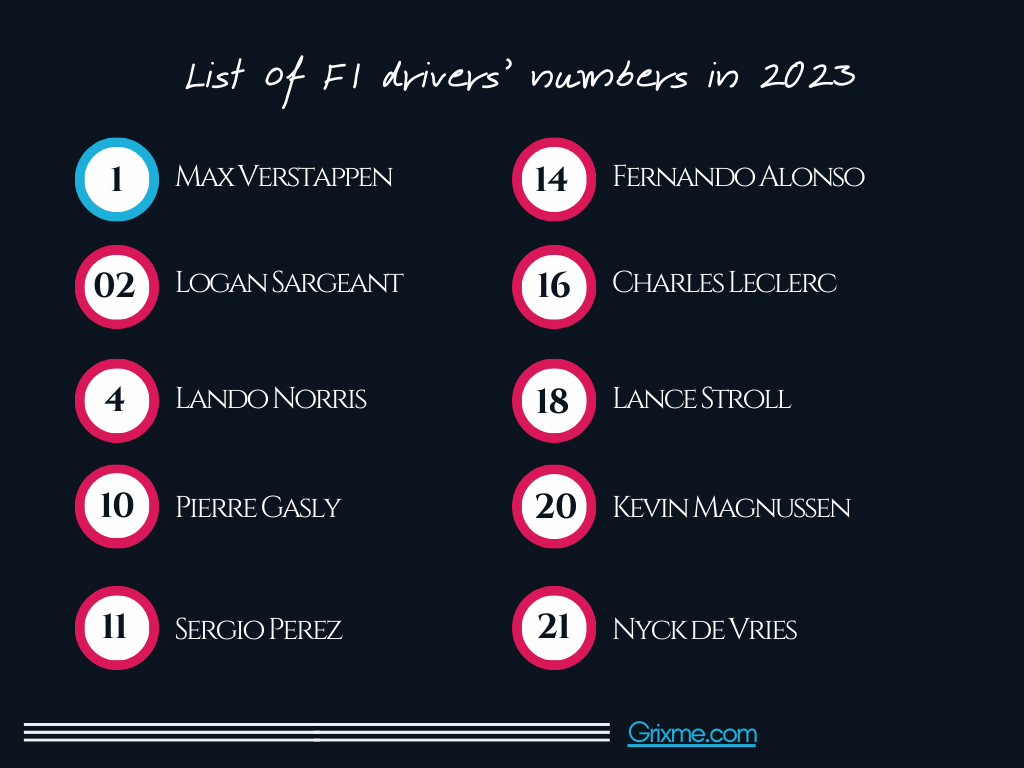
How long do F1 drivers keep their numbers?
However, F1 starting number has been attached to the driver for two years long in case of a possible comeback. During this time, no other driver can use it.
After retiring from Red Bull in 2020, Alex Albon backed to Formula 1 for Williams with his number 23. In case of the driver to absent for more than two years, he will be forced to choose a new number if his one is taken. In fact, drivers are not coming back to Formula 1 after more than two years, at least in recent times.
So, how do the drivers choose their numbers with a significant variation from 0 to 99 of all the numbers in Formula 1?
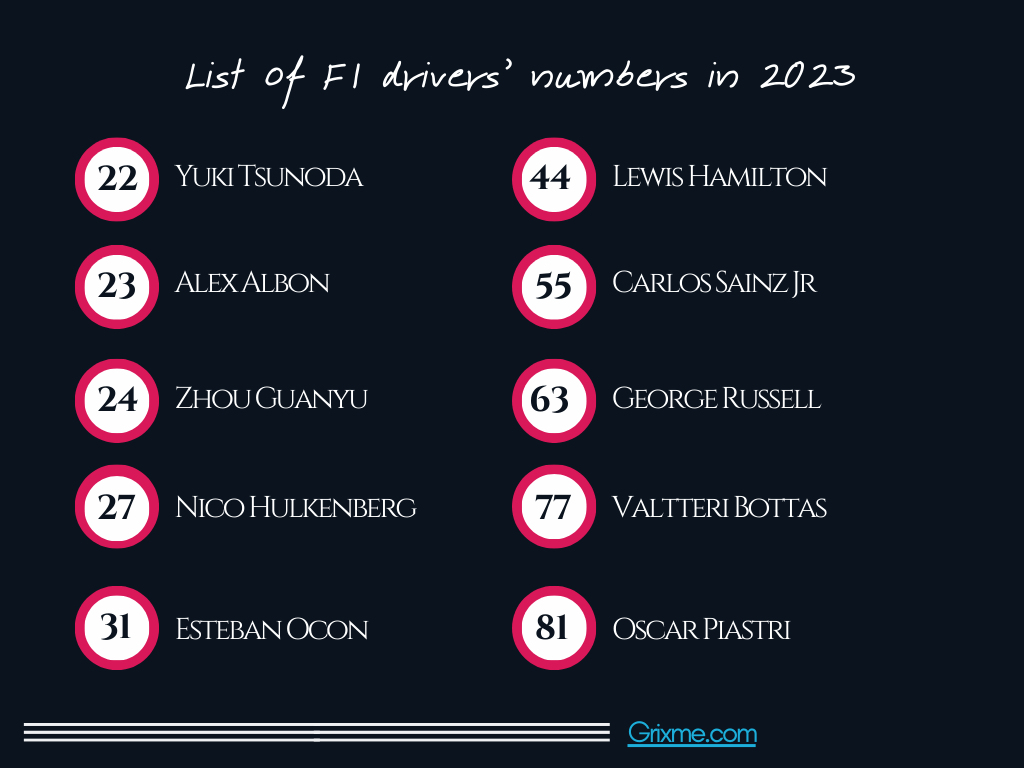
How does F1 driver Choose their Numbers?
Most of them say it is like it was a fluke, but in fact, all the F1 drivers do great brainstorming before picking the best-fitted number. They choose digits that will bring them luck. Here are the other few examples.
Jenson Button’s two little ducks, or number 22, refers to the lucky combination in the British bingo, where 22 is sometimes called two little ducks or quack.
Although, when AlphaTauri driver Yuki Tsunoda started a racing career in karting, he participated under number 11, which was already taken by Sergio Perez. But Tsunoda is a fan of Jenson Button and chose the number 22, hoping it will bring him success. The bet worked.
Instead of reflecting on their junior days, Sergio Perez bet on his other passion – football. Yes, some of the F1 drivers are well football players. However, Perez’s number 11 comes from one of his childhood heroes Ivan Zamorano, who wore the number on his shirt in his final season playing for Perez’s favorite football team, Club America.
Another football fan, Fernando Alonso, is a Real Madrid soccer club fan whose Spain international midfielder Xabi Alonso plays with the number 14 shirt. However, number 14 has been his lucky number since 1996, when at 14, he won a karting title with 14 on his car on July 14.
Zhou Guanyu has raced under #24 as a tribute to basketball legend Kobe Bryant, who played the last years with the Lakers with number 24.
Alex Albon chooses number 23, famously worn by NBA icons LeBron James and Michael Jordan.
George Russell has raced under number 63 because it is a family number, as his brother started karting just with #63.
When Lance Stroll stepped up to the 18 years old, he couldn’t imagine how successful he could be. After winning F3 and F4 world championships, 18 became the lucky number he decided to use in Formula 1.
Instead of Conclusion
Numbers can transfer from one F1 driver to another, but these still have a different sense to each other racer. So the drivers carefully choose their numbers, believing these digits will bring them luck. Therefore, so many stories lie behind the numbers.
Some relate to the junior’s racing career and its first steps to success. The other ones are related to the hobbies like football or basketball. Other ones have a significant sense for the current and drivers from the past, as they are related to their icons.
However, there are also cases when drivers have made their number to be lucky ones, like Michael Schumacher, Ayrton Senna, etc. Therefore, each driver wants to choose the number that will become his greatest, and his number to take to the hall a flame will be a long-time famous digit.



